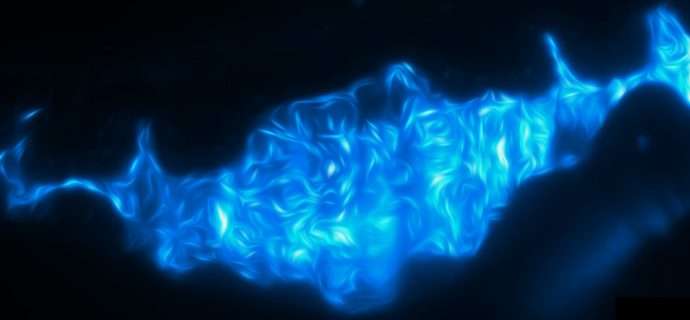Credit: Matthew Jemielita and Travis Wiles
The growing interest in the trillions of bacteria that live inside our guts is underlined by the more than 10,000 people who read the recent PLOS Biology essay by Diana Bojanova and Seth Bordenstein – "Fecal Transplants: What is being transferred?" – in its first two weeks. But why just imagine these swarming denizens of your GI tract when you could actually watch them?
That's what the authors of a new research article in PLOS Biology have just done. Led by Raghuveer Parthasarathy at the University of Oregon, USA, they inoculated germ-free zebrafish with two fluorescently labelled species of bacteria (Aeromonas veronii and Vibrio cholera) that are native to this animal's gut. The use of sophisticated light-sheet fluorescent microscopy enabled them to study how the bacteria interacted with each other and with the moving gut of living fish.
In a nutshell, the authors found that the fate of the two bug species depended on their spatial organisation within the gut, and the vicissitudes of the peristaltic contractions of their environment. You can read more about that in the article itself, but in the interim sit back and watch the movie:
More information: Diana P. Bojanova et al. Fecal Transplants: What Is Being Transferred?, PLOS Biology (2016). DOI: 10.1371/journal.pbio.1002503
Travis J Wiles et al. Host Gut Motility Promotes Competitive Exclusion within a Model Intestinal Microbiota, PLOS Biology (2016). DOI: 10.1371/journal.pbio.1002517
Journal information: PLoS Biology
Provided by PLOS Blogs






















